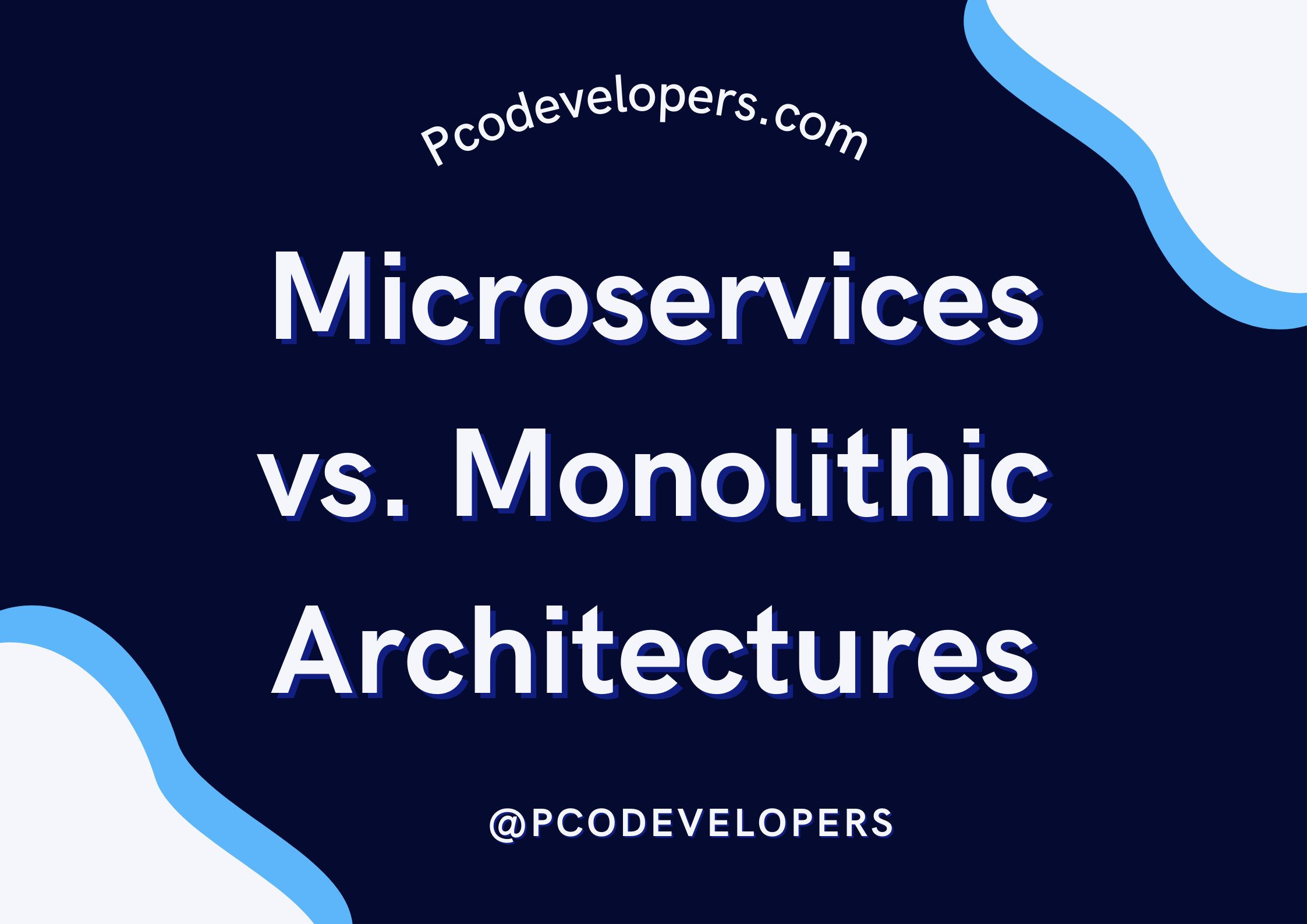In the world of software development, the way applications are built and structured can make a significant difference in their performance, scalability, and maintenance. Two popular architectural styles often discussed are Microservices and Monolithic architectures. Let's break down what these terms mean, their differences, and the pros and cons of each, in a way that anyone can understand.
What is a Monolithic Architecture?
Imagine you're building a house, and everything from the kitchen to the living room to the bedrooms is constructed as one single unit. That's somewhat similar to a monolithic architecture in software. In a monolithic application, all the components of the software are interconnected and interdependent. They run as a single service.For example, let's say you have an e-commerce application. In a monolithic architecture, the user interface, the backend server, the database access, and the business logic are all part of one big codebase. When you update one part of the application, you typically need to redeploy the entire application.
Advantages of Monolithic Architectures
1. Simplicity: Everything is in one place. This can make it easier to develop and deploy initially.2. Performance: Because all components are tightly coupled, they can communicate very quickly.
3. Ease of Testing: It's easier to run tests on a single application compared to multiple services.
Disadvantages of Monolithic Architectures
1. Scalability Issues: As the application grows, it can become harder to manage and scale. If one part of the application experiences high load, you can't scale it independently.2. Limited Flexibility: Making changes in one part of the application can impact the whole system. This can slow down development and deployment times.
3. Technology Lock-In: You're often limited to using the same technology stack throughout the application.
What is a Microservices Architecture?
Now, let's think about the same house, but this time, each room is built as a separate, self-contained unit. They can be constructed, modified, and even demolished independently of each other. In a microservices architecture, an application is divided into smaller, independent services that communicate with each other.
Returning to our e-commerce example, in a microservices architecture, the user interface, product catalog, order processing, payment service, and user account management could all be separate services. Each service can be developed, deployed, and scaled independently.
Advantages of Microservices Architectures
1. Scalability: You can scale individual services independently based on demand. If the payment service is heavily used, you can scale it without affecting other services.2. Flexibility: Teams can use different technologies for different services, which allows for more innovation and the use of the best tools for the job.
3. Resilience: If one service fails, the rest of the application can continue to function. This increases the overall resilience of the system.
4. Faster Development: Smaller teams can work on different services simultaneously, which can speed up development and deployment.
Disadvantages of Microservices Architectures
1. Complexity: Managing multiple services can be complex. It requires sophisticated orchestration and communication mechanisms.2. Overhead: Each service needs to be deployed and managed separately, which can introduce operational overhead.
3. Inter-Service Communication: Services need to communicate over a network, which can introduce latency and potential points of failure.
Choosing Between Monolithic and Microservices Architectures
The choice between monolithic and microservices architectures depends on several factors, including the size and complexity of the application, the team's experience, and the specific needs of the business.- Monolithic Architectures are often suitable for small to medium-sized applications where the simplicity and quick development cycle are more important than scalability and flexibility.
- Microservices Architectures are ideal for large, complex applications that need to scale quickly and where different parts of the application might benefit from being developed and managed independently.
In conclusion Both monolithic and microservices architectures have their own strengths and weaknesses. Monolithic architectures are simpler and more straightforward, making them a good choice for smaller projects or teams without much experience in managing complex systems. On the other hand, microservices architectures offer greater flexibility, scalability, and resilience, making them suitable for larger, more complex applications.
Understanding these differences can help you make an informed decision about which architecture to choose for your next project. Remember, the goal is to find the right balance between simplicity and complexity, ensuring that the architecture supports the needs of the application and the business.






